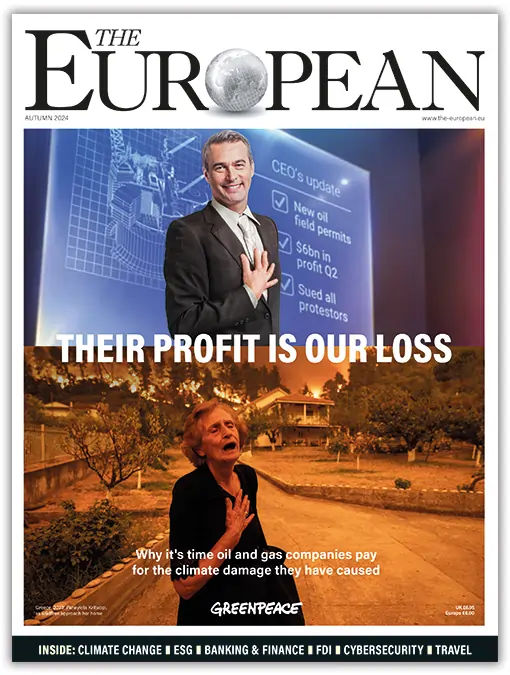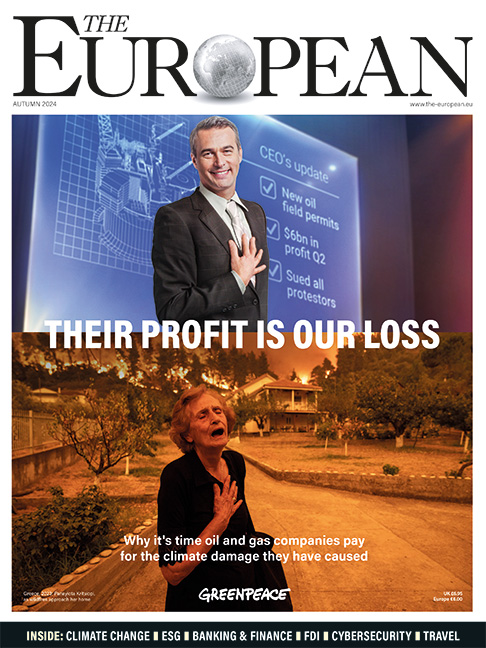Women who admire counter-stereotypical female role models have an increased chance of higher pay and filling executive roles – Alexandra Niessen-Ruenzi explores the reasons why
In 2007, researchers found that if the percentage of female faculty in the science and engineering departments of US universities increased, so did the number of female majors in physical sciences, engineering, and biological sciences.
The rise was small, but hints at a broader relationship between women’s career choices and the influence of female figures working in male-dominated industries. Admiration for these counter-stereotypical female role models is associated with women making occupational, educational, and family choices that improve their earning potential.
For example, women who admire counter-stereotypical female role models frequently pursue degrees in higher education, wait until later in life to have their first child, enter into more lucrative and competitive industries, such as STEM sectors, and climb higher up the corporate ladder to occupy management positions. It is therefore possible that the presence of admired women in conventionally masculine roles has an effect on the gender pay gap.
Alongside my fellow researchers, Mengqiao Du from the University of Mannheim, Business School, and Vidhi Chhaochharia from the University of Miami, I discovered that gender pay disparity is significantly lower in US states where counter-stereotypical female role models are more popular.
“Young girls need to see role models in whatever careers they may choose, just so they can picture themselves doing those jobs someday. You can’t be what you can’t see,” American astronaut Sally Ride told Harvard Business Review in 2012.
Reversing traditional gender norms
Overall – at least, in the US – the pay gap has been shrinking slowly over the last 30 years, though equality has not been achieved yet. In our study we observe that, during the latter half of the 20th century, counter-stereotypical female role models became more popular than stereotypical ones. One reason for this might be that the influence of counter-stereotypical role models partly undoes whatever role traditional gender norms play in restricting women’s career choices. Gender norms are shared by the majority of people in a society and shape individually held beliefs about gender roles.
"It is unsurprising that women and men are influenced by gender stereotypes"
Given their widespread nature, it is unsurprising that women and men are influenced by gender stereotypes. High-income, and extremely competitive, jobs and positions are often stereotyped as masculine roles. For instance, managers are usually typified as men and nursing is associated with women.
To understand in greater detail the significance of counter-stereotypical female role models in women’s career and lifestyle choices, together with my colleagues, I compared data from 46 cross-sectional Gallup surveys conducted from 1951-2014 with labour market information taken from the Current Population Survey.
The Gallup surveys are a series of US-based surveys which measure public opinion towards political, social, and economic issues from as early as 1941. During the timeframe we looked at, respondents identified a total of 247 famous women whom they said they admired. We categorised the women according to their primary occupation and grouped them based on whether they predominantly held roles perceived as masculine or feminine.
We measured gender norms by analysing responses to questions about gender roles in the General Social Survey from 1972-2018, which gave us an idea of perceived gender norms on a state by state basis, and reviewed labour market information from the Current Population Survey.
Counter-stereotypical female role models worked as politicians, writers and journalists, businesswomen, astronauts, scientists, athletes, or activists. Stereotypical female role models were famous wives, mothers, daughters, friends or other family members, nurses, religious persons, or entertainment figures.
We discovered that women who admired counter-stereotypical female role models were more likely to be employed full-time and they had an increased chance of becoming an executive. Admiration for female professionals in male-dominated industries also reduces the gender gap in the probability of becoming a manager by 12.4%. There are two ways this information could be interpreted: either the popularity of counter-stereotypical female role models plays a significant role in tempering the effect of gender norms in more traditional states, or that such figures are viewed as admirable in states which already have a more liberal view of gender norms. In other words, are they a symptom or a driving factor of change?
Contrary, perhaps, to the expectation of many people, we found that 46.5% of counter-stereotypical female role models identified as admirable in the Gallup surveys came from US states with liberal gender norms. The remaining 53.5% originated from states with more conservative views.
This indicates that counter-stereotypical female role models are not simply the products of already liberal environments but that they, over time, can effect changes in the way people view traditional gender roles. Public admiration for female figures in male-dominated industries has grown significantly over time, reflected in the number of respondents to the Gallup surveys who identified such women as admirable. The turning point at which counter-stereotypical female role models became more popular than those who conformed to gender stereotypes seems to have been in the 1980s.
From 1950-2014, the percentage of people who admired stereotypical female role models dropped from 80% to around 30%. In the same time period, admiration for counter-stereotypical female role models rose from 20% to 50% of the US population.
Of course, the number of counter-stereotypical female role models in the US varies across states and over time to a greater extent than gender norms. However, their influence can be considered as a starting point for norms to change at the level of individual states, especially if the percentage of people who admire them within the state increases.
In time, it is possible that female politicians, businesswomen, and others involved in male-dominated industries around the world will cease to be counter-stereotypical, instead becoming the new normal.
ABOUT THE AUTHOR

Prof Dr Alexandra Niessen-Ruenzi holds the Chair of Corporate Governance at the University of Mannheim, Business School. Her research interests lie in the field of empirical financial market research with a special focus on gender differences in capital markets. Alexandra Niessen-Ruenzi’s research results have been published in top international journals and have been awarded several prizes such as the Rothschild Cesarea IDC Award and the SABE Award from the New York Stock Exchange.




